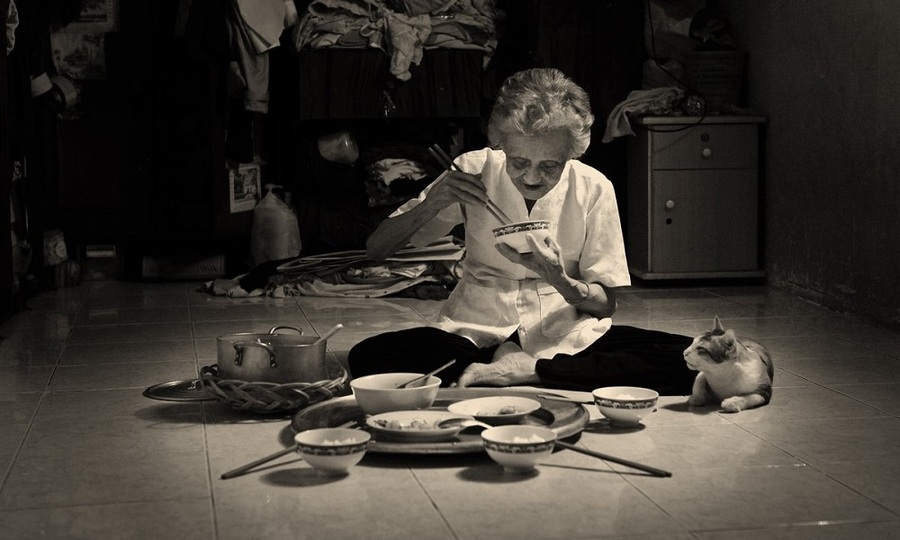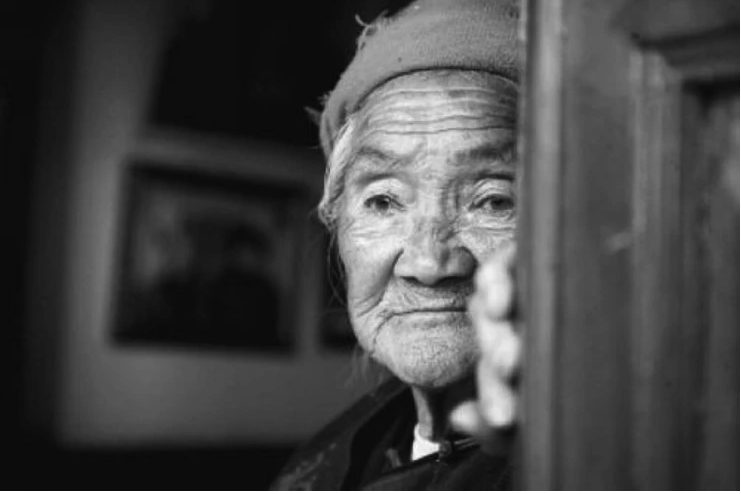Diseases and physiological changes are common in the elderly
1. Common physiological changes in the elderly
Physiological changes due to age are inevitable and irreversible. This change is very diverse, different between subjects and organs in the same body.
Recognizing physiological changes on organs plays a very important role in monitoring and taking care of the health of the elderly.
1.1 Changes of the cardiovascular system
Changes in the cardiovascular system of the elderly include:
The heart of the elderly is larger than that of a young person and occupies a larger area in the thoracic cavity: Although the heart size in the elderly increases, there is a decrease in overall myocardial functional mass, and the ejection pressure also decreases, leading to a decrease in cardiac output. to reduce circulating volume, reduce perfusion to nourish organs.
The heart valves become stiffer due to calcification, which prevents the heart valves from closing properly, and a physiological or pathological murmur may be heard.
The system of nodes (sinus node, atrioventricular node) that generate electrical impulses to regulate the heart rate is also often affected by anatomical changes of the heart, leading to premature beats and causing arrhythmias. However, this condition is infrequent and is not accompanied by fatigue, shortness of breath.
Diastolic blood pressure in the elderly is often low, due to the weak ability of the heart muscle to contract, reducing the pressure of the heart chamber at rest. This is a factor that increases the risk of stroke.
Peripheral resistance increases and venous valves function poorly: This condition makes it harder for blood from the periphery to return to the heart, causing stagnation in the peripheral circulation.
1.2 Changes in the respiratory system
Lungs in the elderly tend to be less elastic, with limited gas exchange function and reduced vital capacity.
The ability to receive oxygen into the arterial blood in the elderly also decreases, affecting the oxygen supply to organ tissues.
Reducing the number of cilia on the surface of the airways: These cilia play an important role in helping the elderly respond to airway foreign bodies such as food, creating a cough reflex. The number of cilia is usually more reduced if there is smoking or exposure to smog.
1.3 Changes in skin, hair, nails
The skin of the elderly is often thin and easily damaged: The amount of subcutaneous tissue decreases, making the skin more prone to dryness and loss of elasticity, causing the skin to appear more wrinkles. The appearance of wrinkles is related to sun exposure throughout a person’s life, especially during the first years of aging.
The sweat glands are also reduced in activity, leading to less sweat being secreted, making the skin dry, leading to tearing of the skin despite the small impact and more difficult to heal.
Fingernails and toenails of the elderly become thick and brittle, so it is difficult to take care of their own nails and feet.
Older people’s hair can become gray and thin. The degree of change varies from person to person: Some people may lose their hair, hair loss is not due to genetic factors but due to hormonal changes.













